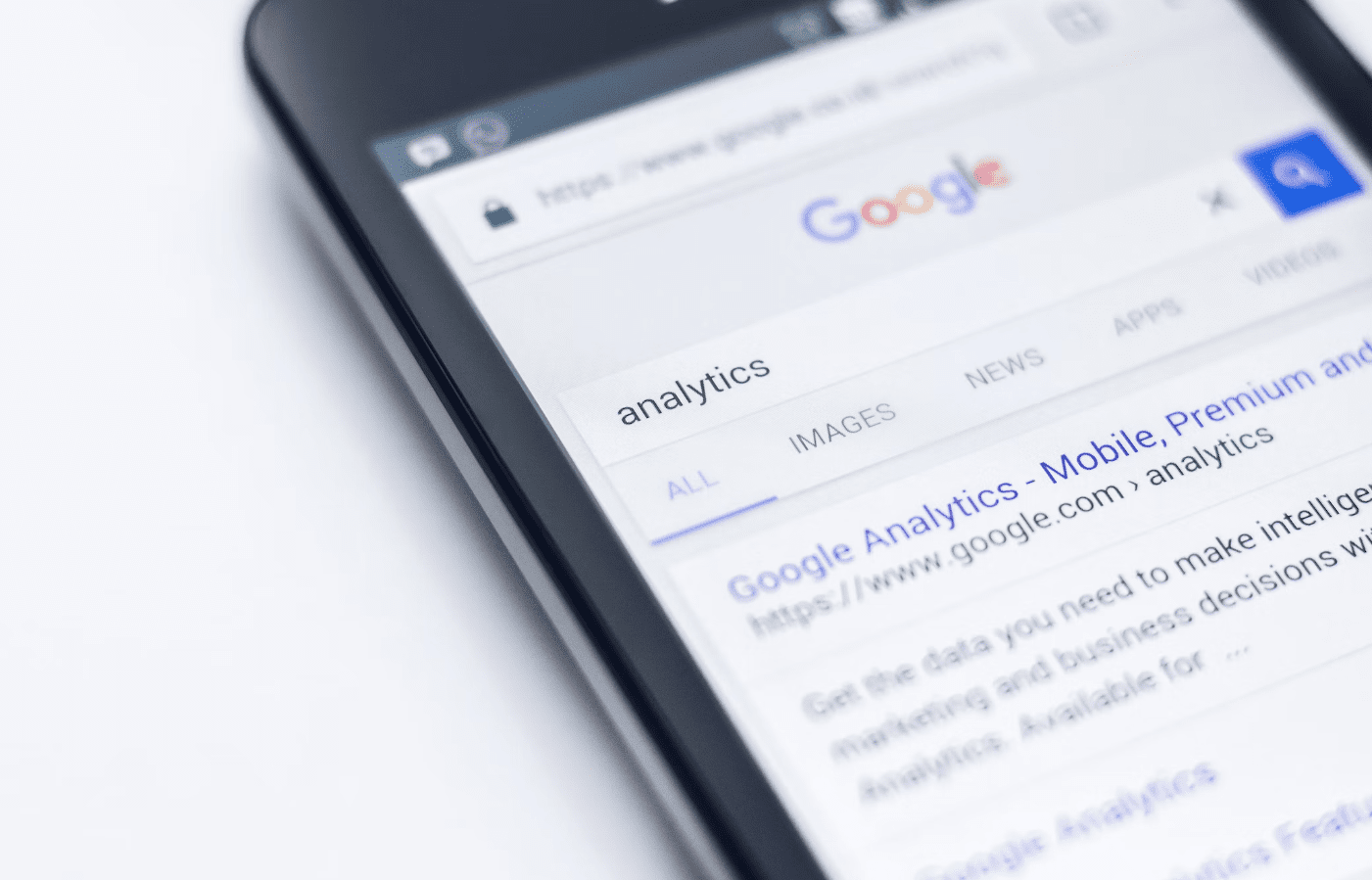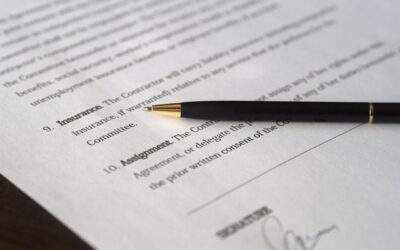
Search Engine Optimization (SEO) is optimizing your website to rank higher in search results. On-page SEO is optimizing your web pages to rank higher in search results. It’s important because it’s one of the most powerful tools at your disposal regarding ranking well on Google, but there is no right way to do it.
On-page SEO is within your control, as it entails using the right keywords and metadata and posting quality content. This blog post will explore some basic techniques to maximize on-page SEO performance.
Keywords: the Foundation of SEO
The first thing you want to know about while starting with on-page SEO is keywords. You can go through all the resources you wish to, and you will find that keywords are the very foundation of SEO. Hence, every beginner’s guide to on-page SEO lists keywords as the top factor.
Keywords show the search intent of the searcher. For instance, if someone is looking for shoes, he or she is looking to buy shoes. Hence, if you don’t have any keywords to target, it will become challenging for you to rank on SERPs.
For example, if someone searches “buy shoes online,” an e-commerce store should include these terms on their website and use them when promoting their business through social media platforms like Facebook Ads or Instagram ads. This way, they’ll reach more potential customers.
Keyword research is also essential because it helps us understand what our customers want so we can create better content which ultimately leads them down the sales funnel towards conversion rates increasing while decreasing costs per acquisition (CPA).
Since keywords play a vital role, it is challenging to rank for popular keywords. According to Ahrefs, 94.74% of keywords get 10 or fewer monthly searches on search engines. This means that most visitors look for less than 5.5% of the keywords, making it challenging to rank for them.
In addition, it’s a must know the on-page SEO elements to track for accurate analysis to achieve the best outcomes. You can do this by using the right on-page SEO optimization tools. SEO analysis tools can help you compare competitor websites to yours in terms of competitive keywords, and identify ranking areas that need improvement.
Aside from keyword research tools, there are also SEO tools that can be used to analyze backlinks and check page load times and website speeds. Some can detect backend SEO issues, broken links, and domain scores and conduct SEO audits, which are valuable in on-page SEO performance tracking.
Optimize Your Metadata
Metadata is the information about your content. It’s hidden from search engines, but it helps them understand what your content is about.
Metadata can help search engines understand the topic of your content and who should see it. For example, if you have an article about “how to make a cake,” metadata might include words like “cake” or even phrases like “easy cake recipe.” This tells Google that this article contains information related to baking cakes and should be displayed in results when someone searches for those terms.
Another important part of metadata is the meta title. It’s what you see in your browser tab, so it needs to be descriptive, relevant, and engaging. It helps Google determine what a page is about so that it can provide more accurate search results for users. The best practice is to use different title tags for each website page and to add targeted keywords to it.
Moreover, it should also be within 60 characters. This will ensure that most of your SEO or meta titles appear complete on the Search Engine Result Pages (SERPs). While titles on SERPs appear based on pixel length, keeping the number of characters below 60 ensures 90% of your titles are displayed correctly on SERPs.
Optimize Your Headings and Subheadings
Headings and subheadings are an essential part of any website’s content. They help with SEO and make your site more scannable, which means that users will be more likely to read through it.
Use headings in your content. Headings should be used at least once per page, but if possible, you should use them multiple times throughout the page. This makes it easier for search engines like Google or Bing to understand each section of text to index all your pages accurately.
Use headings as a way to organize long pieces of text. Instead of having one giant block of text on one page, break up different sections using headings so users can easily navigate through all the sections.
Optimize Your Content
The first thing you need to do is find a good keyword. This is one of the essential steps in on-page optimization, so take your time. There are many different ways to do this, but here are some simple tips:
- Use keywords in the first paragraph. For example, “keyword research is an essential part of any SEO campaign.”
- Use keywords in the first sentence. For example, “keyword research is essential to any SEO campaign because it helps us understand what people want when they search online.”
- Use keywords in each paragraph. For example, “to understand what people want when they search online, we need to know what kind of questions they ask themselves when looking at products or services like ours.”
Use a content optimization tool for this task. The latest content optimization tools are powered by artificial intelligence (AI), helping people curate highly-relevant new content and update existing content for optimal search engine ranking. These tools help users determine the best keywords to include and the proper structure of an article for better readability.
Maximize your on-page SEO by choosing a content optimization tool with a unique content grading system and high-quality recommendations. This way, you can streamline your content production and ensure excellent quality assurance for every written piece.
Use Internal Links
Internal links are the hyperlinks that connect different pages on your website. These links help users navigate your site and help search engines understand its structure and relevance.
For example, if you have an article about dog training tips on page one of your site, linking to this article from other relevant content will tell Google that this page is significant because people are linking to it. You can add 1-2 internal links even in the introduction if it doesn’t look forced. This will help your site with discoverability.
You can use a free internal link checker tool to optimize your internal linking structure on your website and improve your link building strategy. This tool can help you obtain suggestions of the best areas to insert relevant links in your content.
Include External Links
External links can be used to link to your website, other websites, and social media pages. They can also link internally within the same page or site. For example, linking from one section of text to another section of text.
One of the best ways to include links is by linking to your homepage. This is important because it shows that you’re confident enough in what you’ve written on this page that people will want more information about it. It also gives them an easy way out if they don’t want more information. It’s good practice for every piece of content on every website since humans first learned how computers work.
Conclusion
So there you have it, a comprehensive guide to optimizing your on-page SEO. This complex process involves many factors and can be overwhelming if you’re unsure where to start. But by following these tips, we hope you’ll be able to create content that attracts visitors from search engines like Google and Bing and keep them coming back for more.












0 Comments